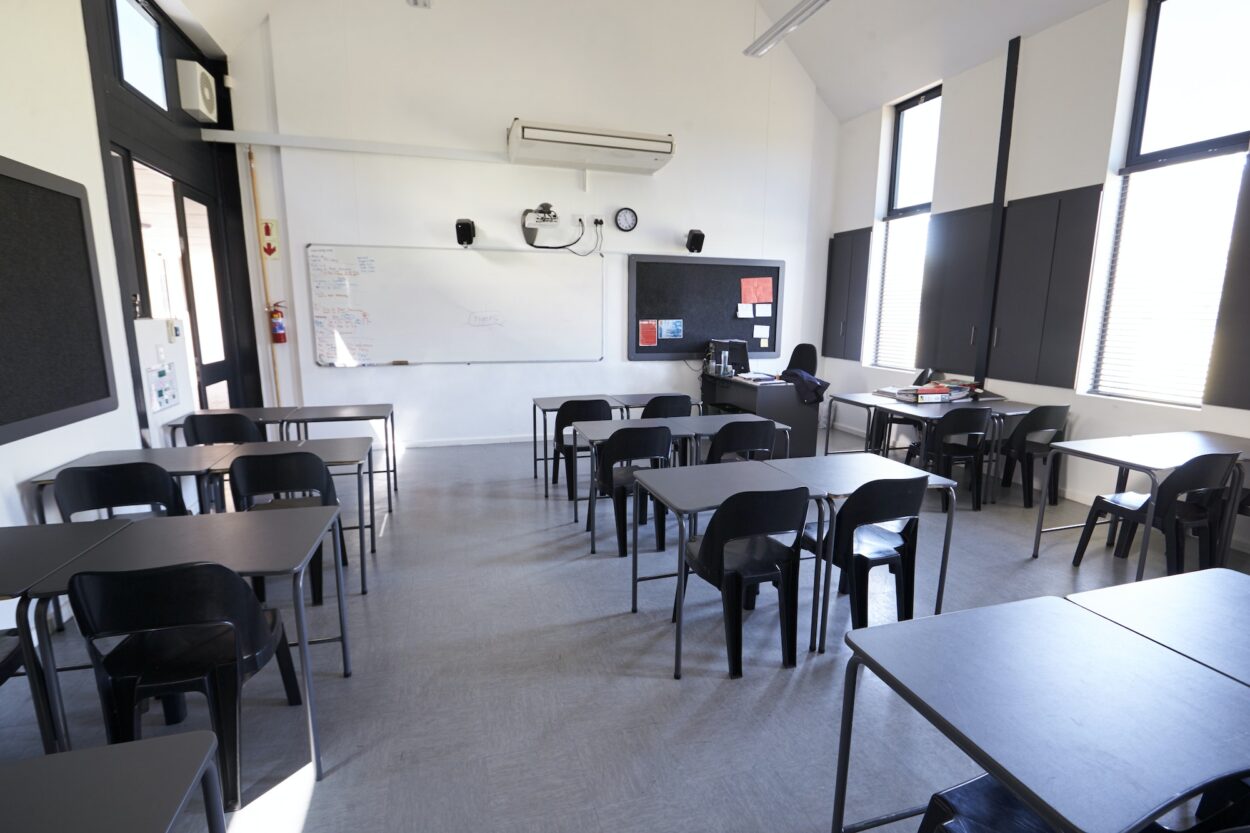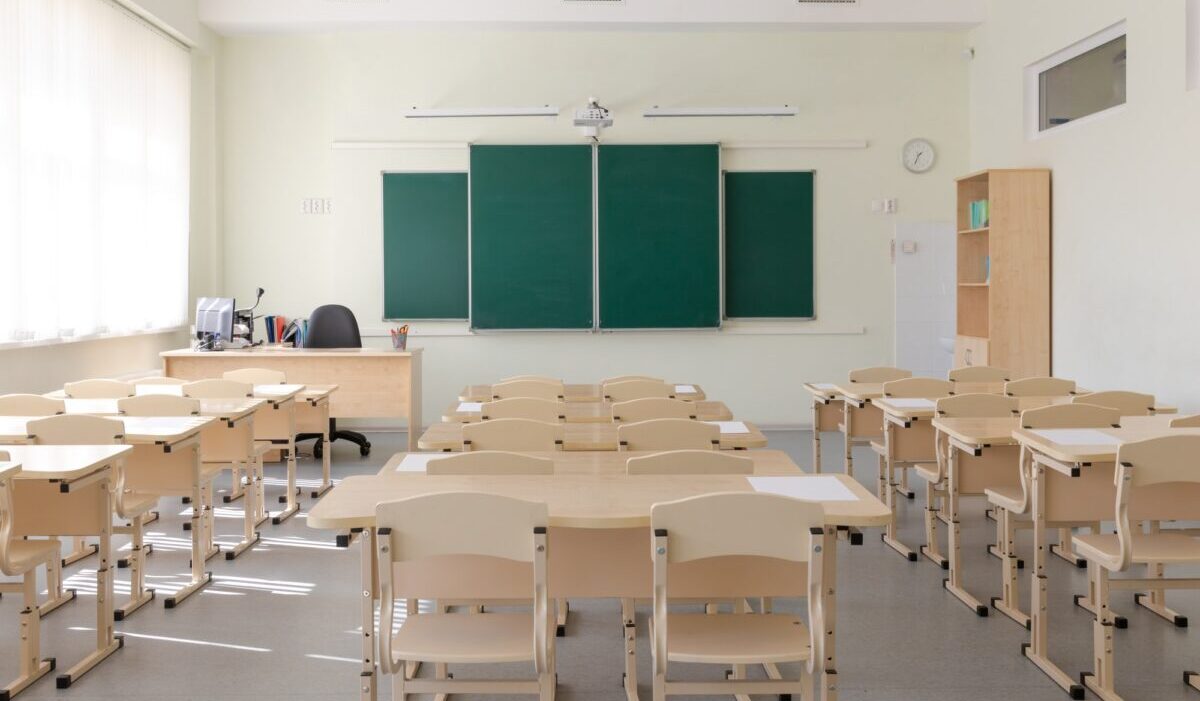The National Recovery and Resilience Plan (known mostly as PNRR) has allocated part of its funds to finance the 'Dada' model, a school model that is becoming more and more popular in the Italian school system.
What does the acronym Data mean?
The word 'Dada' is an acronym which stands for 'Deducational for Aenvironments di Alearning', an organizational model of Anglo-Saxon origin which is based on the idea of move students between classes instead of moving teachers from room to room.
In this article, we will examine the Dada model in detail, including its own advantages and disadvantages, its diffusion in the Italian school system and the schools that are applying it.
How the Dada model works
In this organizational model, the students they don't stay in a single classroom all day long, but they move from room to room according to the different subjects they have to deal with.
A model that has partially entered our daily lives thanks to the many American and British films and TV series, where the model has been used for many years.
The different classrooms are organized according to subjects, themes and related teachers.
For example, math students might attend a classroom dedicated to this subject, while those of history could attend another classroom dedicated to history, and so on.
The teachers, on the other hand, they stay in the same classroom throughout the day and are joined by students in classrooms dedicated to their respective subjects.
The Dada model was introduced to provide students with a learning environment more personalized and flexible.

The advantages of the Dada model
The Dada model has some advantages over the traditional organization of classrooms. For example:
Greater possibilities for personalizing the classrooms
With the Dada model, teachers can customize classrooms to meet the specific needs of each subject and each student. This means that students can have a learning environment that best suits their needs.
Greater opportunities for student interaction
The Dada model encourages students to interact more with each other, as they move from room to room together, even among different groups. This can lead to more collaboration and a greater sense of community among students.
More flexibility
The Dada model allows teachers to have more flexibility in scheduling lessons. Teachers can organize lessons in dedicated and personalized classrooms, which can be adapted to the needs of the students and the contents to be covered.
Greater benefits for students with learning and attention disorders
The Dada model is particularly effective in improving the learning of students with attention and learning difficulties.
In fact, this organizational model was designed precisely with the aim of ensuring high customization, which means that teachers can adapt the classrooms and lessons to meet the needs of each student.
The disadvantages and challenges of the Dada model
Despite the advantages, the Dada model presents a road ahead that is anything but paved, also, and above all, due to distrust which generates given that in Italy the model applied for decades envisaged a symmetrical organization.
Here are some disadvantages:
Higher startup and maintenance costs
the Dada model requires the creation of personalized learning environments, which may require greater investment in classroom equipment, furnishings and technology.
More complex space management
The Dada model requires careful management of space available to the school. The dedicated classrooms must be organized in a logical and strategic way, and the students they must be able to move easily from room to room.
Public resistance to change
Some teachers, students and parents they may resist change of this organizational model, accustomed as they are to the traditional classroom model.
The diffusion of the Dada model in Italy
Currently, in Italy, there are about 180 schools that adopt the Dada model. However, with the arrival of PNRR funds, their number is bound to grow.
For example, in Friuli Venezia Giulia the first school to adopt the Dada model was the 'Ai Campi Elisi' comprehensive school in Trieste, which began to experiment with it in January 2023.
The head teacher, Marco Cucinotta, declared that the model is working very well and that the kids are happy to be able to move, while the teachers are happy to be able to customize the classrooms according to the needs of each subject.
The model is going very well, the kids are happy to be able to move around and the teachers to be able to personalize the classrooms with different teaching settings, so the classroom of mathematics is not the same as that of letters. With the new funds we would like to create 22 innovative environments in terms of technological equipment and furnishings. We will aim to create sensory, immersive and multifunctional classrooms for performing arts and entertainment. In primary school we would like to introduce digital whiteboards and personalize the classes through new technological equipment, furniture and colours
Marco Cucinotta
The DADA model in a nutshell
The Dada model represents a significant change in the traditional school organization. Its implementation may present some challenges, but the potential advantages, such as greater flexibility and customization of classrooms and lessons, make it an interesting model to explore, whose diffusion in Italy looks set to grow.






